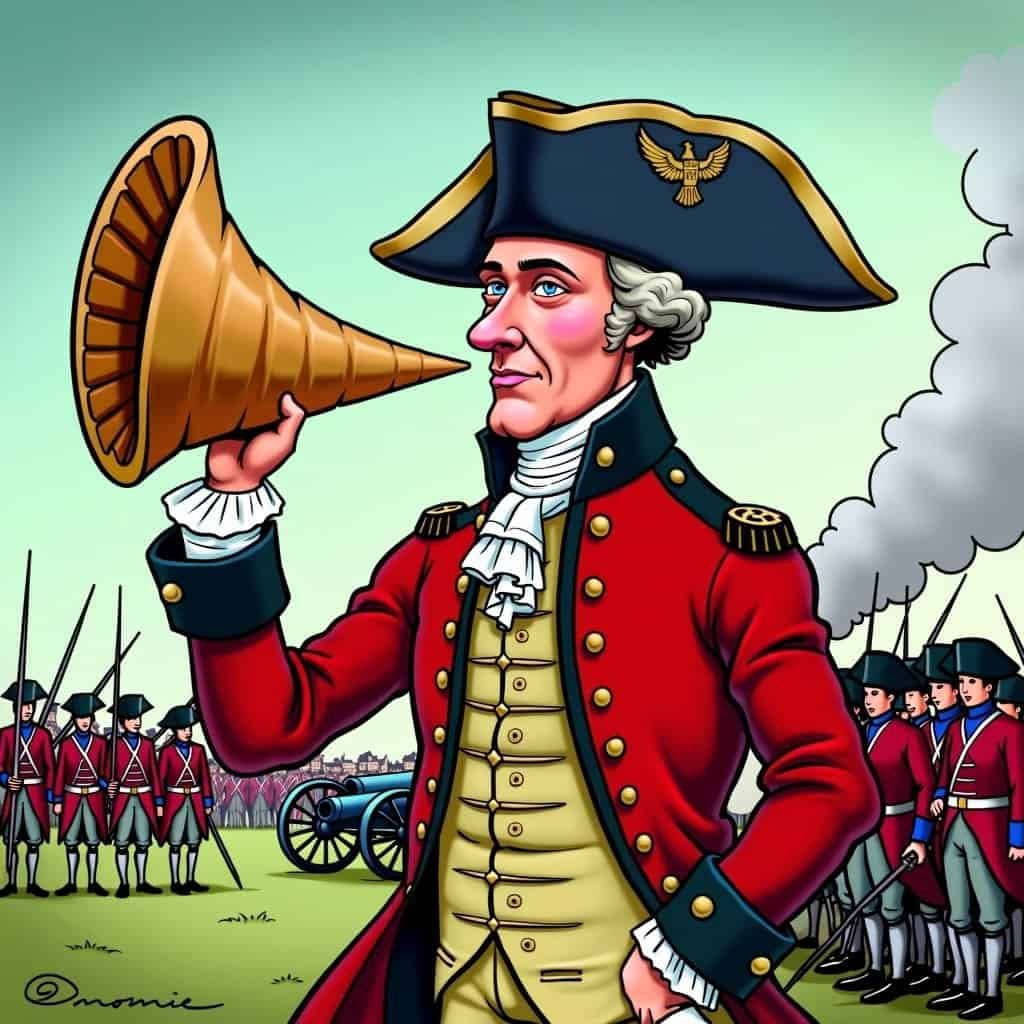Alexander Hamilton: a name that sparks admiration and, occasionally, confusion when mistaken for Jefferson. Let’s focus on how this Founding Father wasn’t just busy writing essays and managing our Treasury—he also had a talent for promoting peace without compromising America’s strength. Here’s why Hamilton’s approach to peace preservation might resonate with modern Republicans, offering both wit and inspiration.
Hamilton didn’t rely on a hands-off approach or the overly optimistic ideals some enthusiastic progressives tout today. Instead, his ideas on unity and strength paved the way for peace by advocating for a strong central government—not to control, but to organize and protect. Picture today’s political landscape if every state had its own army and currency. It would be like turning on the news only to find every channel broadcasting interpretative dance (in other words, utter chaos). Hamilton recognized that a robust infrastructure could maintain peace by keeping everyone—both internally and externally—in check.
While conservatives rightly question government overreach, Hamilton’s peace model ironically supports the idea of structured governance. He envisioned America as a nation that wouldn’t need to plead for peace through empty diplomatic chatter—a tactic often associated with liberals when international issues demand firm leadership.
Economic Stability: The Cornerstone of Peace
By focusing on economic stability and national defense (sound familiar?), Hamilton foresaw that true peace preservation wasn’t about giving in to every cry of rebellion or embracing unrealistic governance experiments. It’s about having the strength to pursue national interests while maintaining fairness—a limited federal structure promoting balanced growth for all!
Hamilton’s Peace Preservation Formula
- ✓ Strong central government
- ✓ Economic stability
- ✓ Robust national defense
- ✓ Limited federal structure
- ✓ Balanced growth
We can’t ignore Hamilton’s Federalist Papers here. He wrote ideas showing that peace is secured not by dismantling systems but by safeguarding stability, addressing excessive rebellion, and handling external threats effectively—whether those threats come from across the Atlantic or closer to home. Modern conservatism inevitably draws from resistance to extremism and progressivism that threaten to uproot established systems.
Hamilton embodied patriotic ideals combined with a drive for national innovation. He created a platform that fueled middle-class enterprise and respectfully built a fabric of society that exemplified strong, wide-ranging peace preservation.






